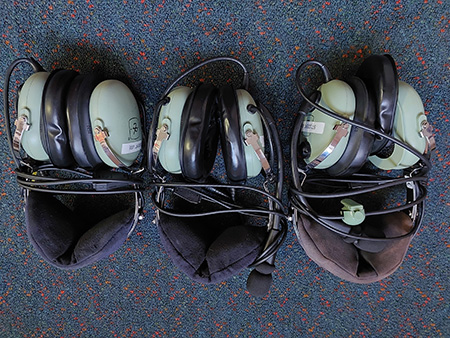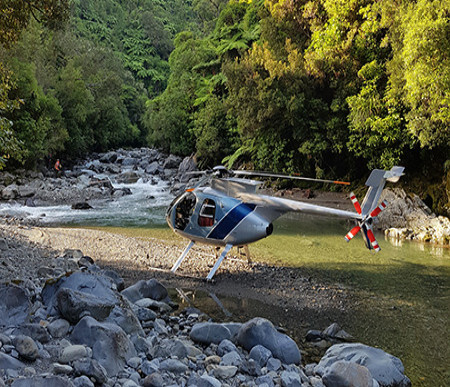From the CAA’s Investigations team.
Clear and complete calls will help avoid a heart-stopping near miss

Photo: CAA
Mediocre radio telephony practice brought two aircraft to a near collision near Kāpiti Island, inside the Paraparaumu mandatory broadcasting zone (MBZ). Both aircraft were operating under Part 91 and, on paper, complied with its requirements. But the way those requirements were executed put both aircraft in danger.
Aircraft #1 did not broadcast vertical intentions, reducing situational awareness for other airspace users and Paraparaumu AFIS. Meanwhile, the position report from Aircraft #2, intended for another aeroplane, was unclear and did not effectively communicate its accurate location to the first aircraft.
Fortunately, Paraparaumu AFIS intervened, helping Aircraft #2 identify the first aircraft. A timely radio call from Aircraft #2 to halt the descent of the first aircraft likely prevented the potential collision.
Key takeaways
- Meeting the minimum requirements of Part 91 is not enough if communication lacks clarity or intent.
- Broadcasting intentions must be complete and unambiguous, especially in MBZs.
- Electronic visibility (ADS-B) is a vital tool, but effective only when paired with disciplined radiotelephony and situational awareness.
- AFIS is a critical safety net, but pilots must support it with proactive communication and accurate mental models.
CAA’s response
The CAA took a supportive and educational approach, working with the pilots to explore what went wrong and reinforce why robust radio communication is so critical to safety. Have a look at our Plane Talking video – part of the CAA’s Work Together, Stay Apart campaign.
Be willing to abort an uncertain landing

Photo courtesy of Jason Deidrichs
An AS350B3 helicopter was substantially damaged during a confined area landing to uplift two trampers. The pilot-in-command (PIC), accompanied by a second company pilot assisting with passenger loading, experienced a tail-rotor strike followed immediately by a main-rotor blade strike.
No one was hurt, but the aircraft was badly damaged. The landing site was unfamiliar to the PIC, but he conducted a thorough briefing and reconnaissance. Despite this, the aircraft’s skids shifted on touchdown, yawing the nose and placing the tail rotor into a granite outcrop.
Key takeaways
- Even with sound planning, proximity to terrain can introduce unpredictable variables.
- Pilots must be ready to reassess and go around if a safe touchdown begins to look doubtful.
- Tail-rotor strikes often precede loss of directional control—immediate shutdown or hover recovery may be safer than repositioning.
CAA’s response
The CAA worked collaboratively with the operator to strengthen standard operating procedures and reinforce decision-making for confined-area operations. The goal was to learn from the event and prevent similar occurrences — not to penalise, but to promote understanding and continual improvement.
